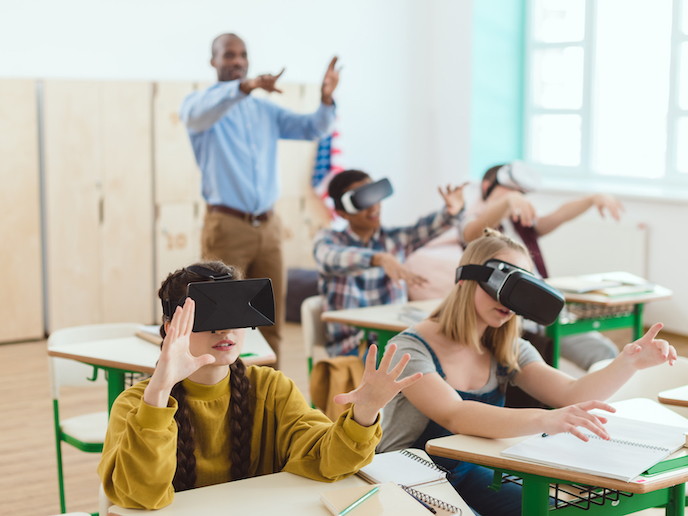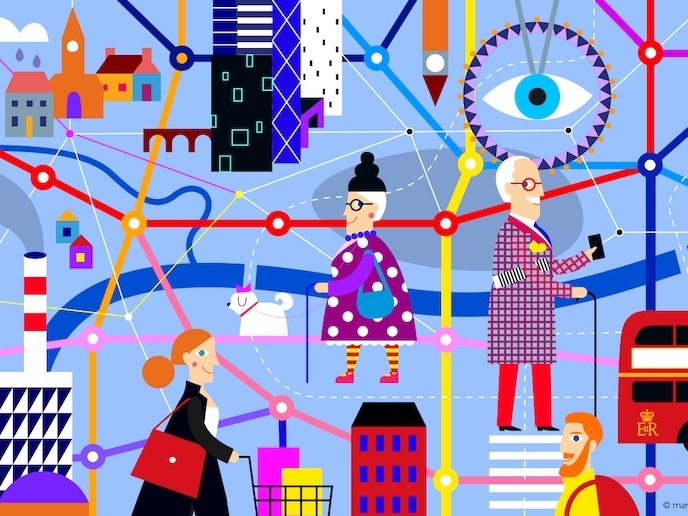Virtual Reality helps keep children safe online
VR, which enables sensorial immersion in 3D-animated worlds, is now a fast-growing technology moving beyond entertainment into fields such as training and medicine. But when it comes to children (a key target market), it presents many risks already seen in the online world, including: cyberbullying, stranger danger, excessive use, privacy concerns and inappropriate content (e.g. pornography). Yet, very little is known about the impact of VR on the body, cognition and social relations during child development. The EU-funded ZVW project explored these risks (drawing on a survey of over 70 000 young people in Ireland and the United Kingdom about their digital behaviour) to examine the impact of VR in educational settings. Demonstrating its potential, the project developed VR-based teaching for children about safe online internet usage. Immersion, learning and safety The ZVW research team, led by Dr Marina Everri, carried out focus groups and interviews with primary school children, teachers and parents, finding four key criteria for positive VR usage related to content, environment, hardware and purpose. Firstly, all participants reported that VR should engage children to develop specific age-appropriate skills. The children stressed that users should control their VR interactions, being empowered to easily stop when they want. Secondly, all stakeholders agreed that schools were the best environment for usage (with proper monitoring) and that only older children (11-12 years old) should be allowed to use it. Parents pointed out that VR can support collaborative tasks among children. Thirdly, all participants agreed that smartphones for VR head-mounted devices were problematic due to the fact that in some countries school policy prohibits smartphones during school hours, as they are a distraction from learning. Perhaps surprisingly, pupils shared the same concern. Lastly, all considered VR as a useful educational tool, however issues related to costs were raised as a potential concern. With schools’ financial resources limited, high-quality software was considered to be often unaffordable. “The trick is to understand the threats and reduce them, and understand the opportunities and extend them. Parents were concerned about addiction and time spent using VR. Teachers feared isolation would be a problem. However, both groups would be happy for children to use VR if there was a safety strategy,” says project coordinator Mr Joe Kenny. The survey results then fed into the development of a VR lesson to teach primary school children about being safe online, which was trialled in five primary schools in Dublin, Ireland. A class in each school was taught one lesson about cyberbullying from the perspective of perpetrator, victim and bystander. The trial showed that children’s level of empathy assessed before and after the experiment increased. “These results suggest the technology for programmes that promote positive relationships and social-emotional skills such as empathy could help reduce Europe’s health and social care burden,” says Kenny. Nurturing confident digital citizens With the results contributing to the EU’s Better Internet for our Children Strategy(opens in new window), the ZVW team is currently working to refine the internet safety VR product. Once further investment has been secured, it will be launched (anticipated to be September 2020) and target European primary schools. Longer term, the researchers may expand its content to areas such as relationship and sex education - as part of a social, personal and health curriculum - or safety for work training.







